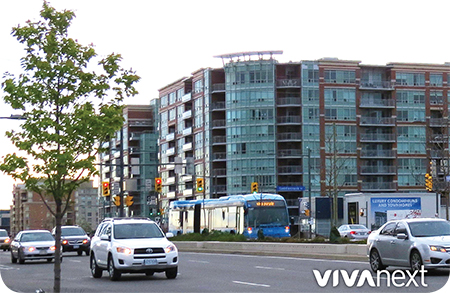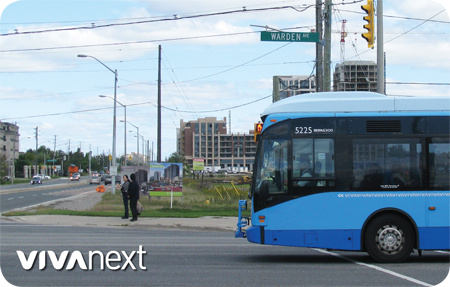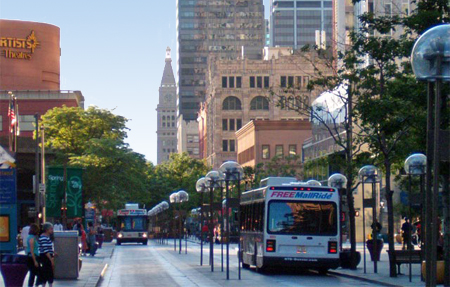Recently in the news, planners have been saying that there’s a “missing middle” in the GTA housing market. They’re talking about a lack of low-rise and mid-rise buildings, ranging from low-rise stacked condos and townhomes to mid-rise buildings four to 12 stories high. This “missing middle” is important because it gives buyers and renters more options in the middle ground between single family homes and high-rise condos and apartments. The good news is the formerly elusive low- and mid-rises have started to show up, right where they make sense – along rapid transit routes.
As this Globe and Mail article says, developers are choosing to build low- and mid-rise buildings outside the urban core, where growth is expected. They see the value in low- and mid-rise buildings, because they have a lower capital investment than high-rises, and more buyers/renters per square foot than single family homes.
Markham Centre has been developing for several years, and it is a good example of an area which includes low-rise townhomes and mid-rise business and residential buildings in close proximity to transit, retail and commercial buildings. Davis Drive in Newmarket is also following the trend and has its first mid-rise building being built. This new building will provide much-needed rental housing for local residents. Yonge Street in Richmond Hill already has some mid-rise buildings, with more on the way. Vaughan is a bit different because high-rises are already being built around transit in the urban core of the Vaughan Metropolitan Centre [VMC], with subway and bus rapid transit nearby the area can support more density and will be a popular location once all the new transit services are open. East and west of the VMC has everything from new streetscapes, Viva rapid transit, and a good variety of housing options from traditional single family homes, to mid-rise building.
We’re excited to see these transformations around the Viva rapidway routes in York Region. New buildings are located near the road so that tree-lined sidewalks, transit, shops and restaurants are right on the doorstep for everyone to enjoy. It is inevitable that areas will continue to grow as populations increase but creating sustainable buildings located near transit is really “smart growth”. And, from a housing option, variety is good for both young and old.



